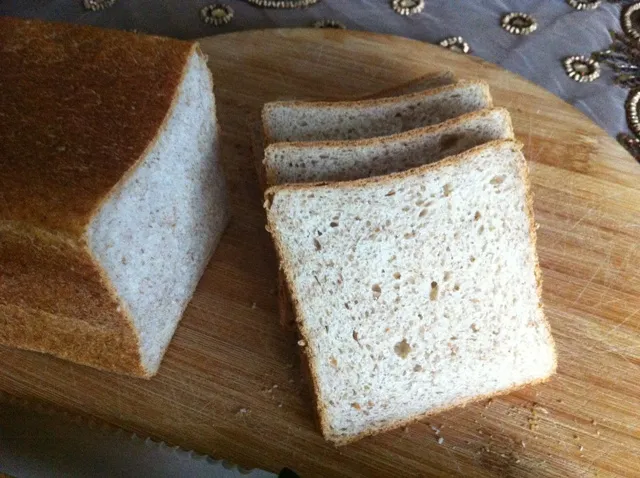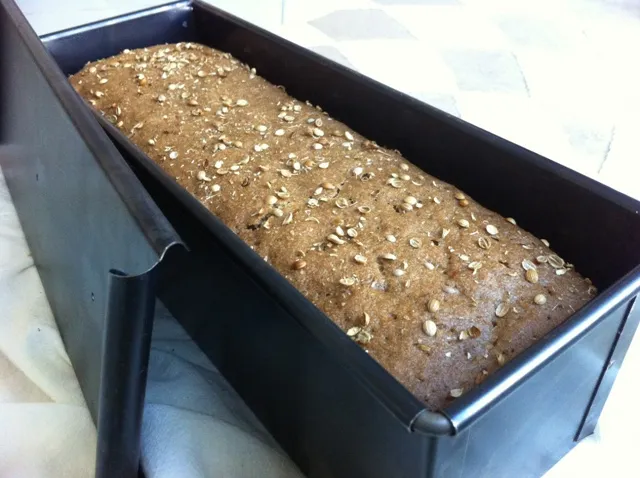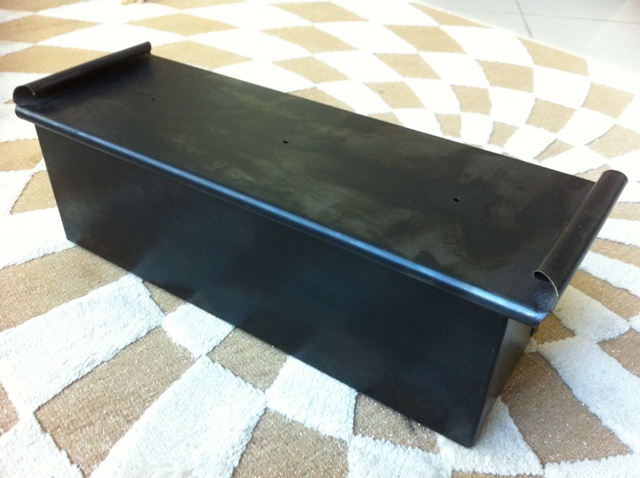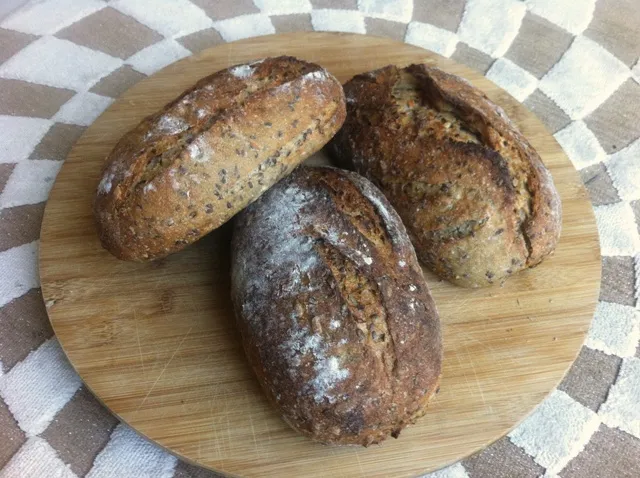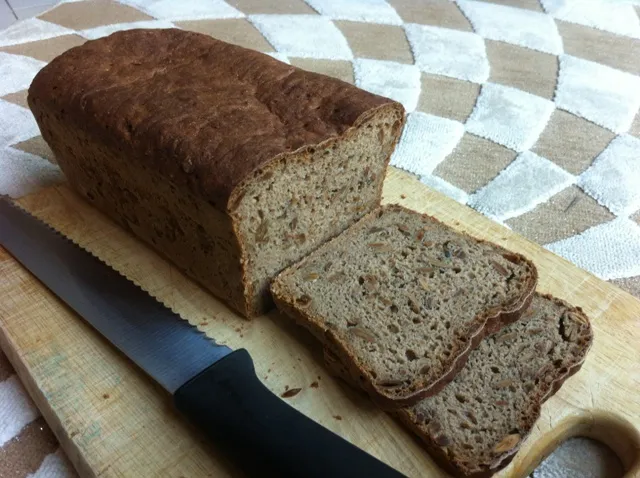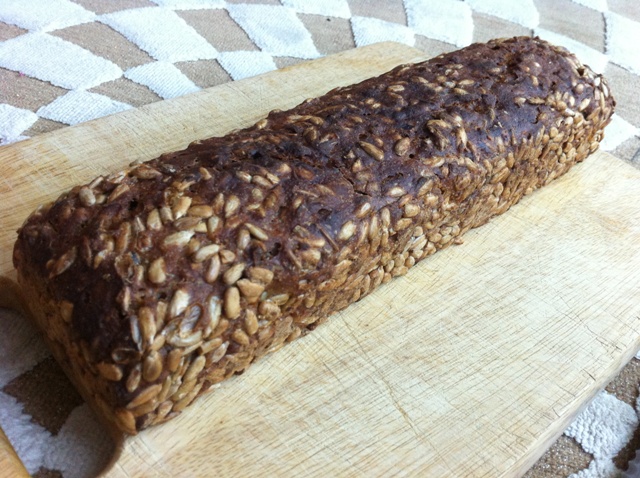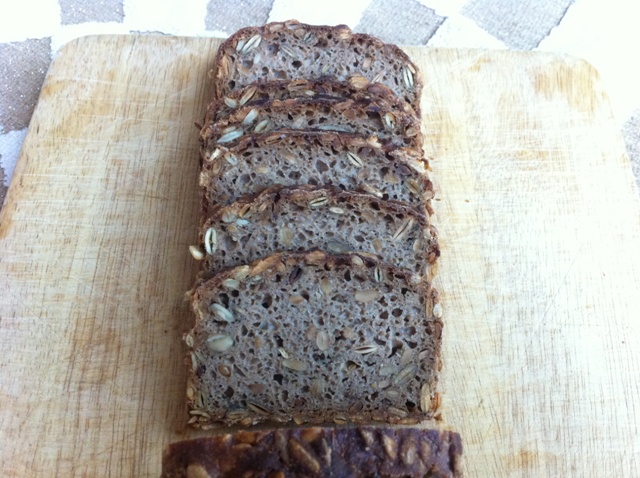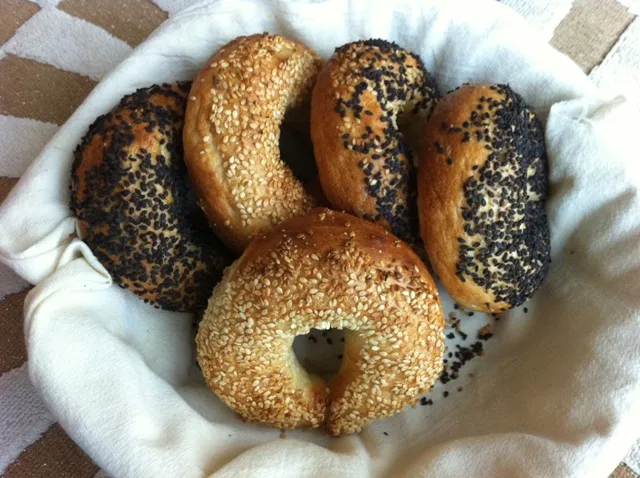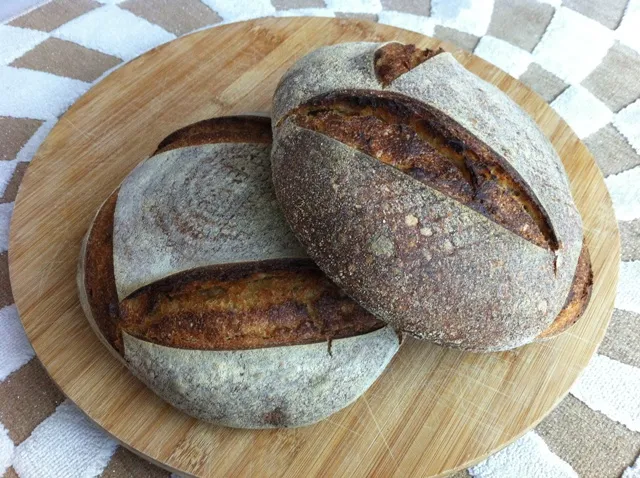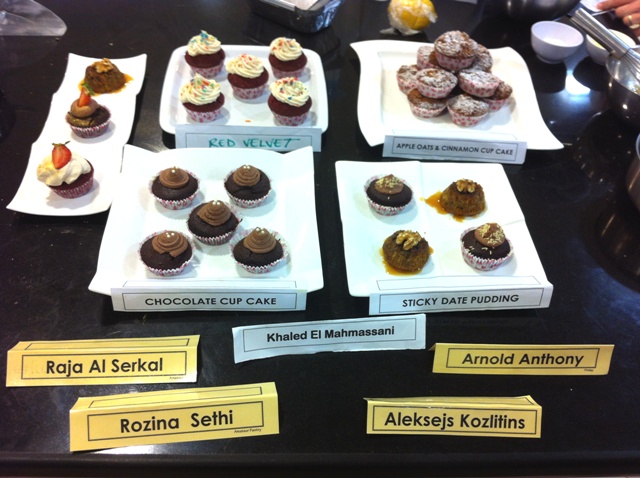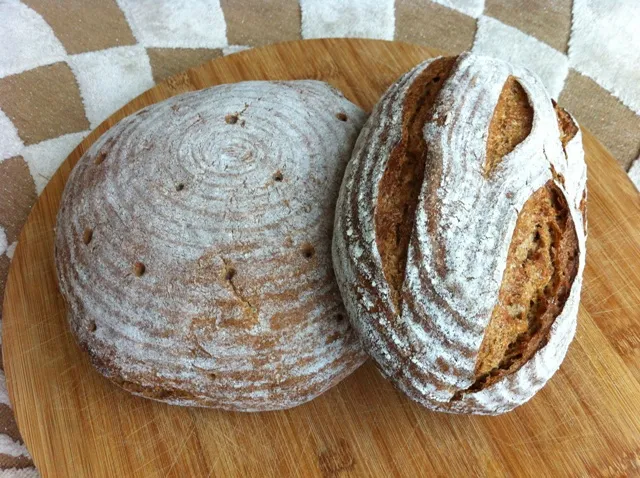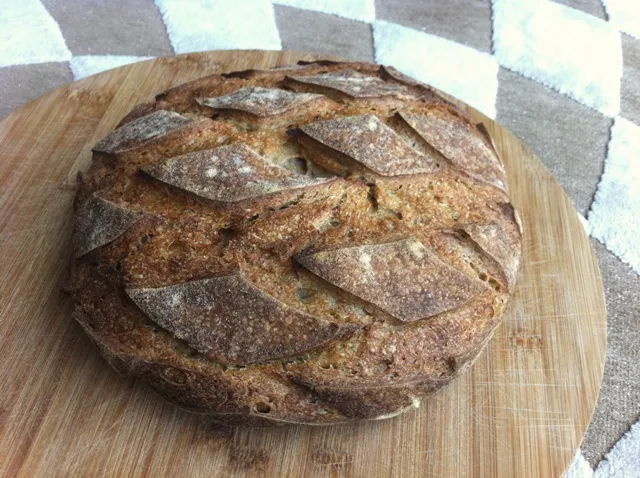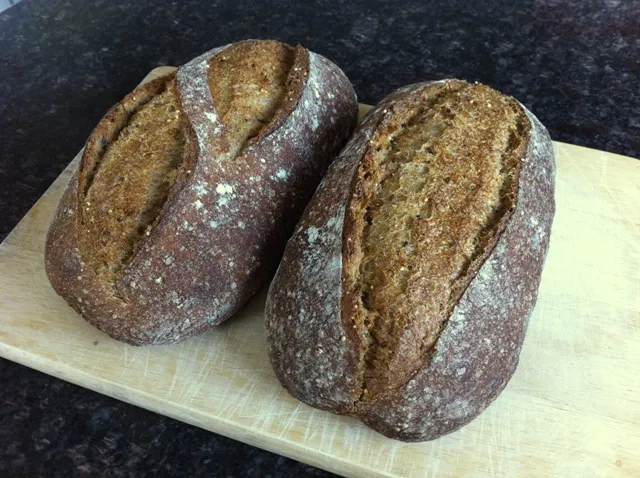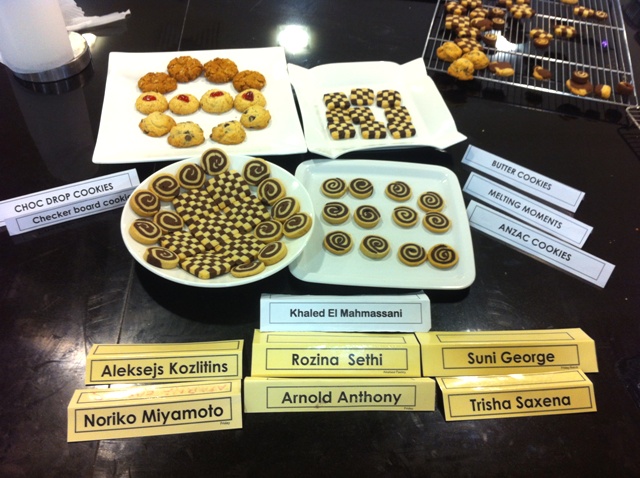SFBI Miche (take 2), and Pastry assessment
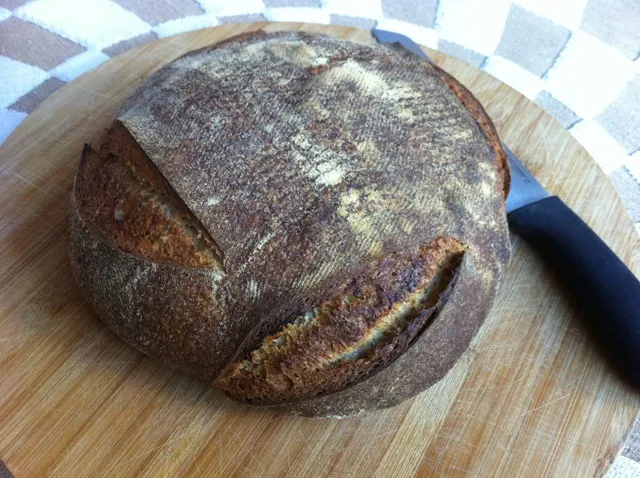
Since the day I baked my first San Francisco Baking institute’s Miche (Posted by dmsnyder here) , I wanted to have another go at it soon. Alas, I have been distracted by several other formulas and books and eventually ended up putting it off. Two days ago, I was reminded by the formula when I saw my wheat germ bag sitting in my freezer and decided to give the formula another whirl.
